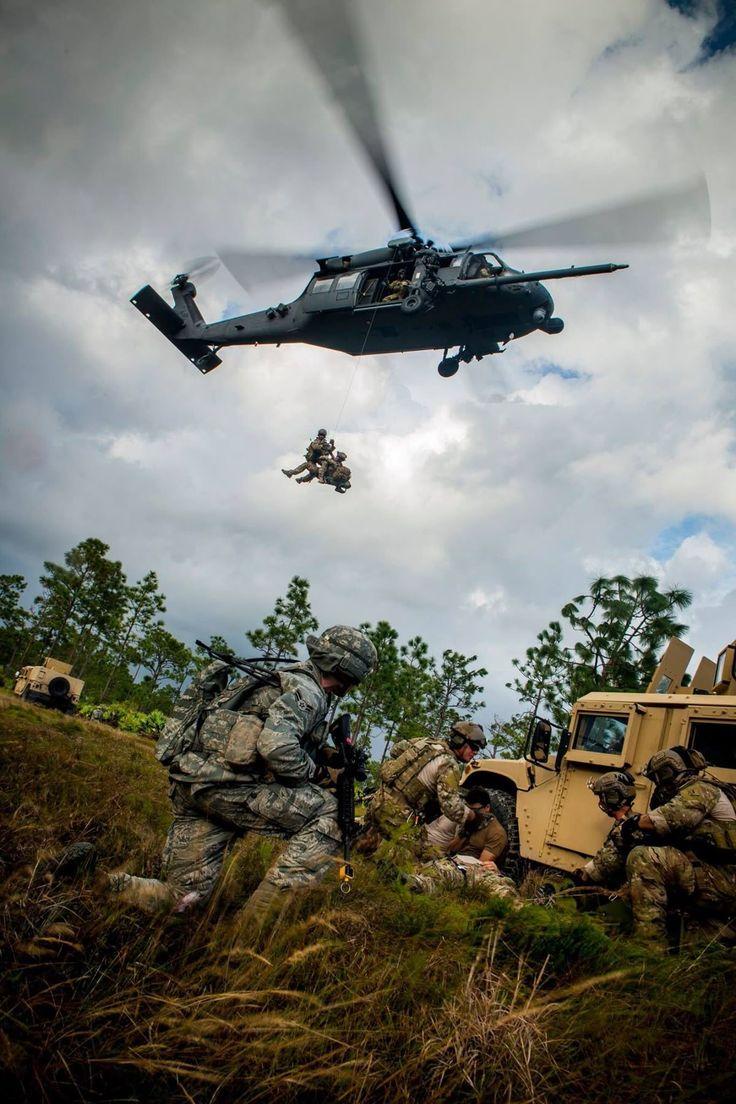In a time marked by geopolitical tension, digital warfare, and global uncertainty, the US Department of Defense (DoD) remains at the forefront of national and international security. With its finger on the pulse of global developments, the DoD has implemented key updates that redefine the modern battlefield, leverage cutting-edge technologies, and reinforce alliances around the world.
Here’s a comprehensive look at the latest updates from the US Department of Defense and what they mean for the future of global defense and security.
1. Embracing the Digital Battlefield
Cybersecurity has taken center stage in the DoD’s modernization strategy. With increasing cyberattacks from state-sponsored actors, the department has rolled out enhanced cybersecurity frameworks and artificial intelligence (AI) initiatives to protect national assets.
One of the notable upgrades includes the launch of Project Overmatch, a Navy-led program integrating AI and data analytics to outpace adversaries in cyber and information warfare. The DoD’s investment in quantum computing and edge AI highlights a commitment to maintaining technological superiority in an increasingly digital world.
2. Indo-Pacific Pivot: Strengthening Strategic Presence
The Indo-Pacific region remains a critical focus for U.S. defense policy. With growing tensions in the South China Sea and Taiwan Strait, the DoD has increased its naval patrols, conducted joint military exercises with allies such as Japan, Australia, and the Philippines, and invested in forward-operating bases.
These moves signal a clear strategic shift—a pivot toward deterring aggression in Asia while upholding international maritime laws. As China expands its military footprint, the U.S. response has become more agile, adaptive, and collaborative.
3. Ukraine Support and NATO Modernization
Since Russia’s invasion of Ukraine, the DoD has played a central role in coordinating security assistance. The U.S. has delivered billions in military aid, including advanced air defense systems like Patriot missiles and F-16 fighter jet support.
Simultaneously, the NATO alliance has been reinforced with new military commitments, strategic deployments, and member state expansions, including Finland and Sweden. The Department’s updates signal a renewed emphasis on collective defense and operational readiness within the European theater.
4. Space Force Expansion: Defending the Final Frontier
Often overlooked, the U.S. Space Force has quietly ramped up its capabilities. The latest updates include partnerships with commercial space companies to monitor satellite threats and improve global surveillance. The focus now includes satellite defense, anti-jamming technologies, and space domain awareness.
With increasing competition from nations like China and Russia in low-earth orbit, the Department’s investments in space are becoming a key element in its strategic arsenal.
5. Climate Resilience and Sustainable Defense
In a landmark move, the DoD released its Climate Adaptation Plan, highlighting the security risks posed by climate change. From rising sea levels threatening naval bases to increased natural disasters, the Department is integrating sustainability into its defense strategies.
New updates include energy-efficient operations, smart-grid military installations, and reduced carbon footprints in overseas bases. This signals a progressive approach, treating climate threats as national security concerns.
6. Personnel and Veteran-Centric Policies
The backbone of the U.S. military—its service members—remains a priority. Recent updates focus on mental health programs, recruitment reform, and inclusive service policies. The DoD is enhancing its efforts to improve quality of life, with new investments in housing, education, and healthcare for active duty personnel and veterans alike.
This reflects a broader cultural shift toward people-first defense policies, ensuring that those who serve are supported beyond the battlefield.
7. Defense Budget and Procurement Reforms
The Fiscal Year 2025 defense budget underscores strategic investment. It prioritizes modern weapons systems, unmanned drones, hypersonic missile development, and next-gen naval vessels. The DoD is also streamlining procurement processes to accelerate innovation and reduce bureaucracy, working closely with startups and defense contractors through programs like DIU (Defense Innovation Unit).
These reforms aim to bring flexibility, speed, and cost-efficiency into future military readiness.
8. Global Partnerships and Military Diplomacy
From Africa to Eastern Europe, the DoD is deepening its diplomatic ties. Joint training missions, military aid, and defense pacts are being used as tools of soft power and deterrence. Whether it’s the AUKUS alliance or expanding QUAD cooperation, the U.S. military’s diplomatic arm is active and influential.
The Department’s global reach continues to be a balancing force in maintaining peace, upholding international norms, and countering authoritarian influence.
Conclusion: A Future-Focused Defense
The US Department of Defense updates reflect a dynamic and responsive institution. As threats evolve—from cyberspace to climate change—the Department is positioning itself to lead with strength, innovation, and responsibility. Whether through AI integration, alliance building, or forward-looking climate policies, these updates show a military that's ready for the challenges of the 21st century.
The world watches closely as the U.S. continues to shape the global security order—not just through military might, but through strategic foresight.

